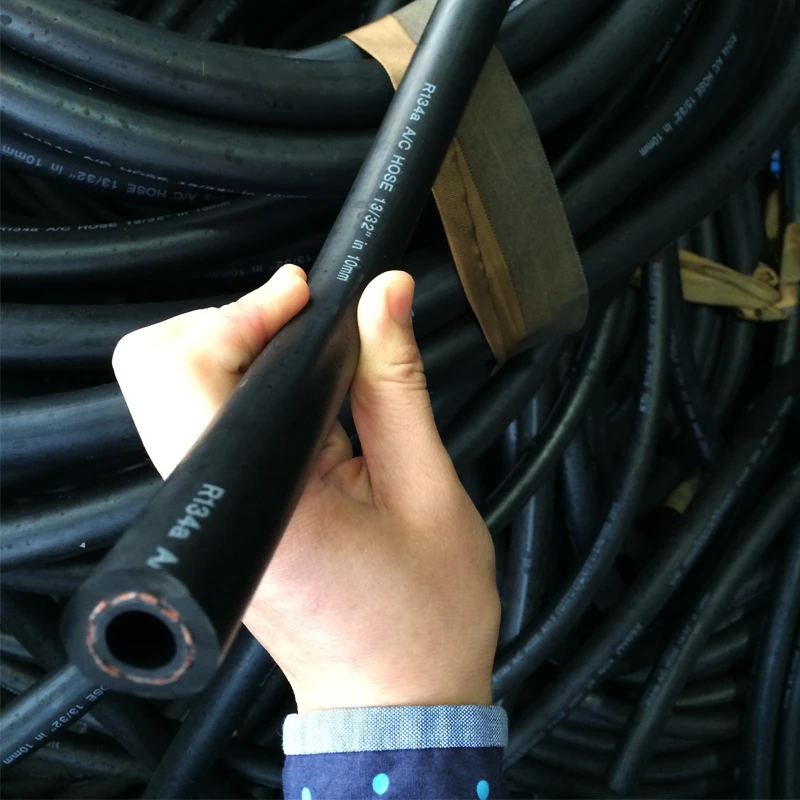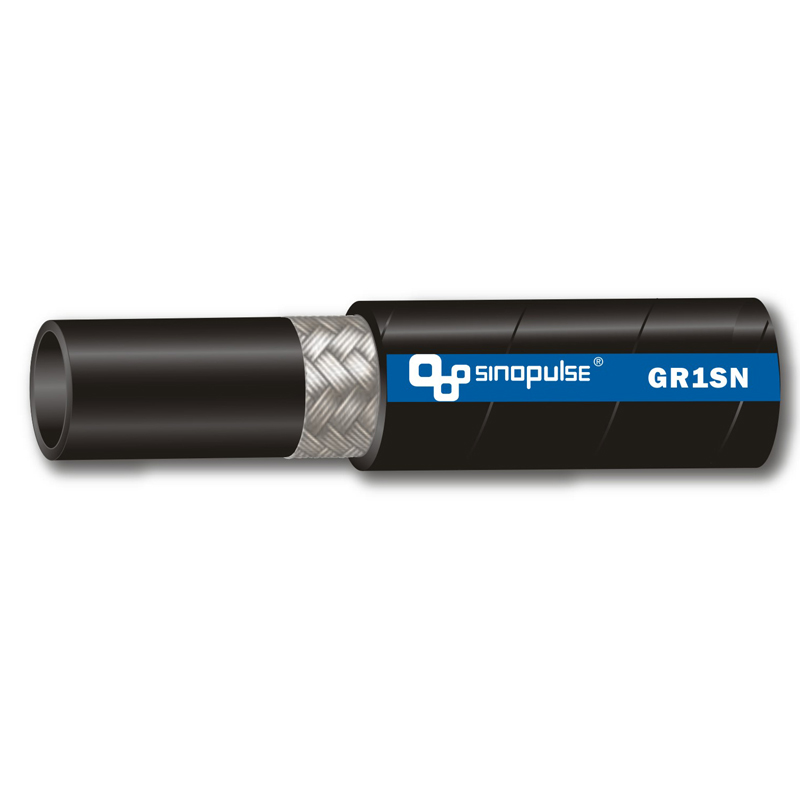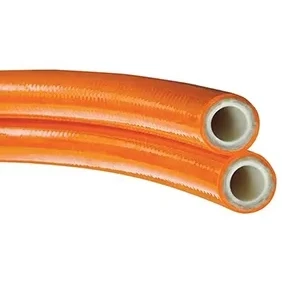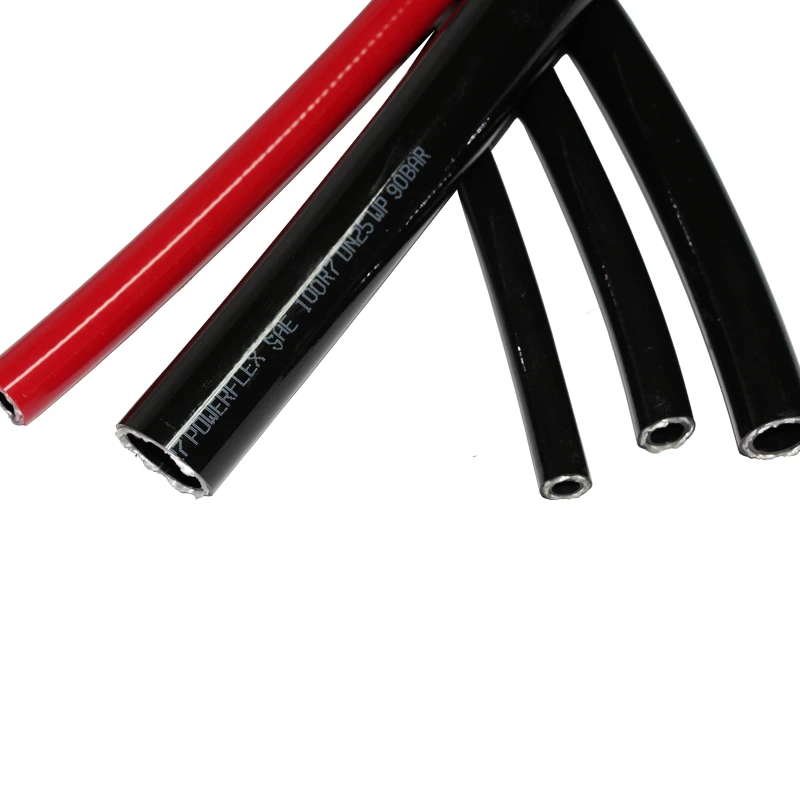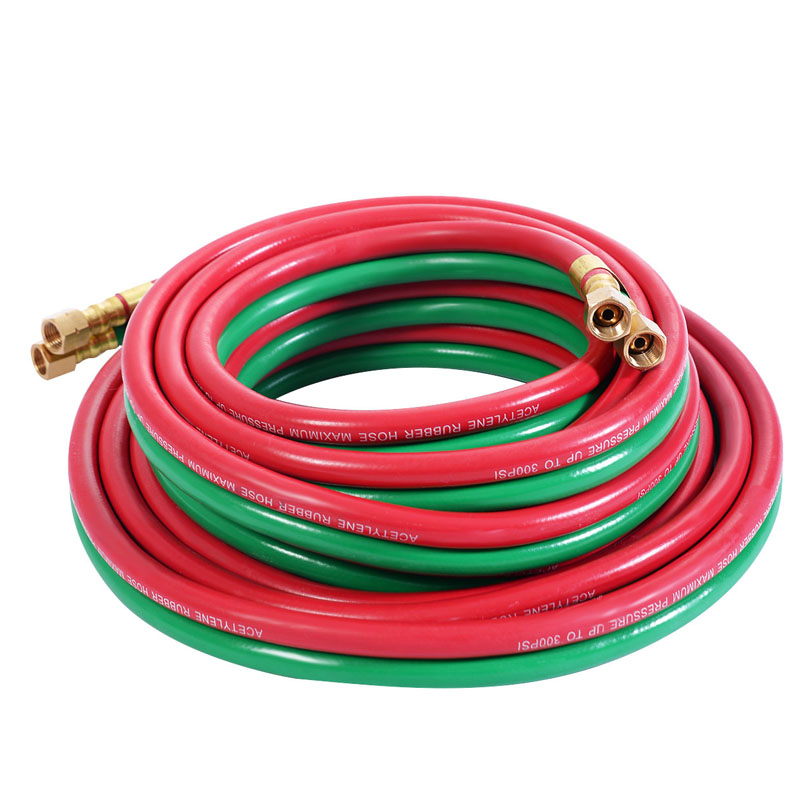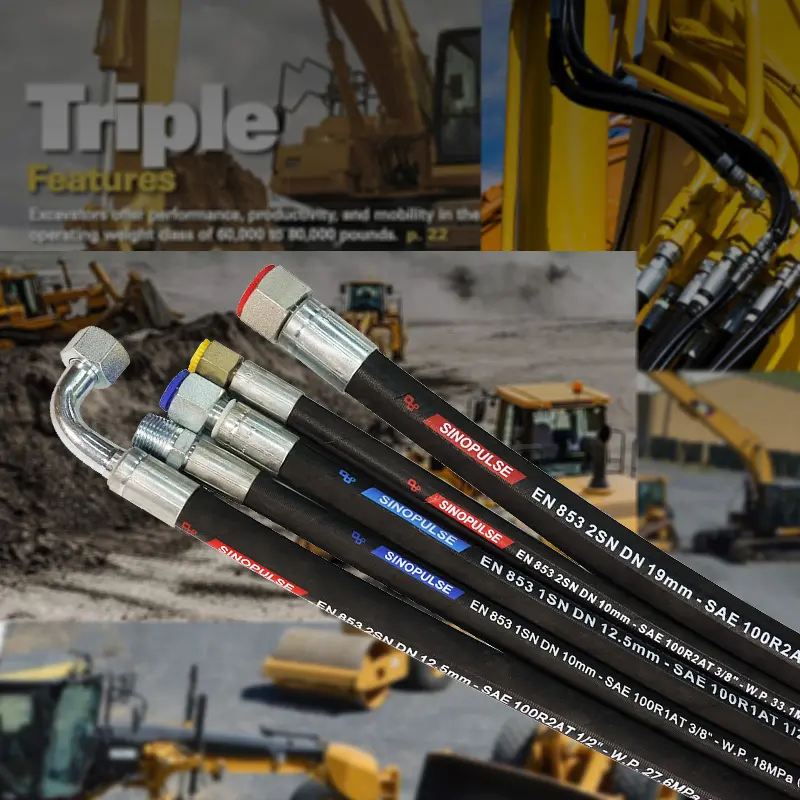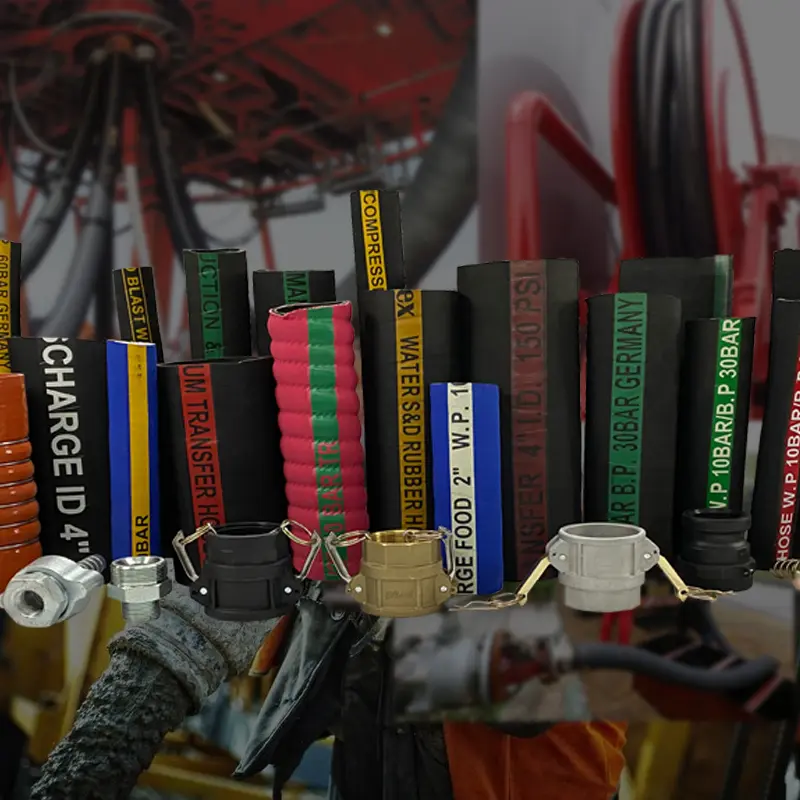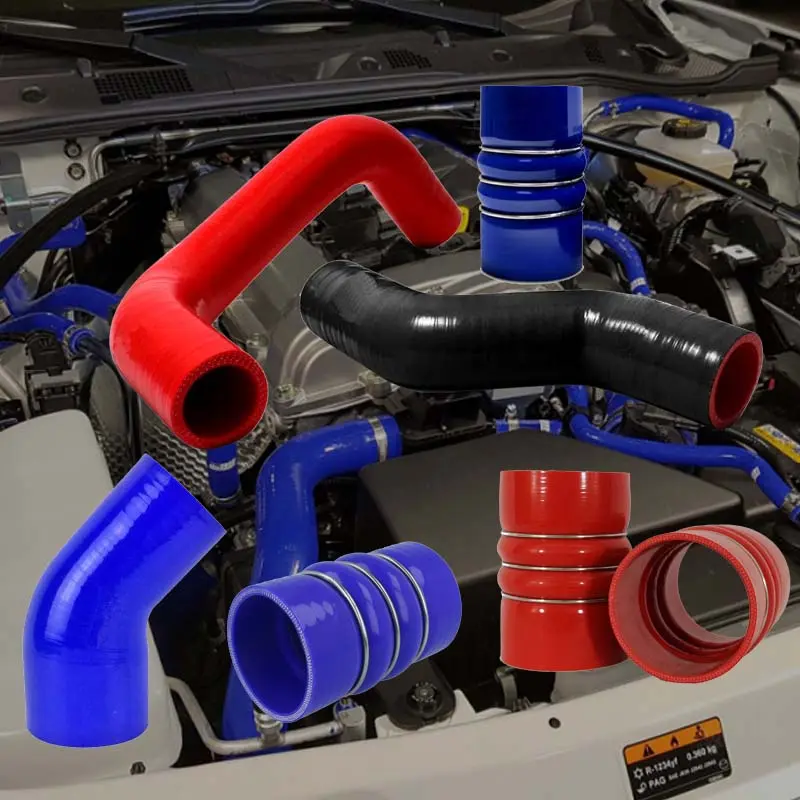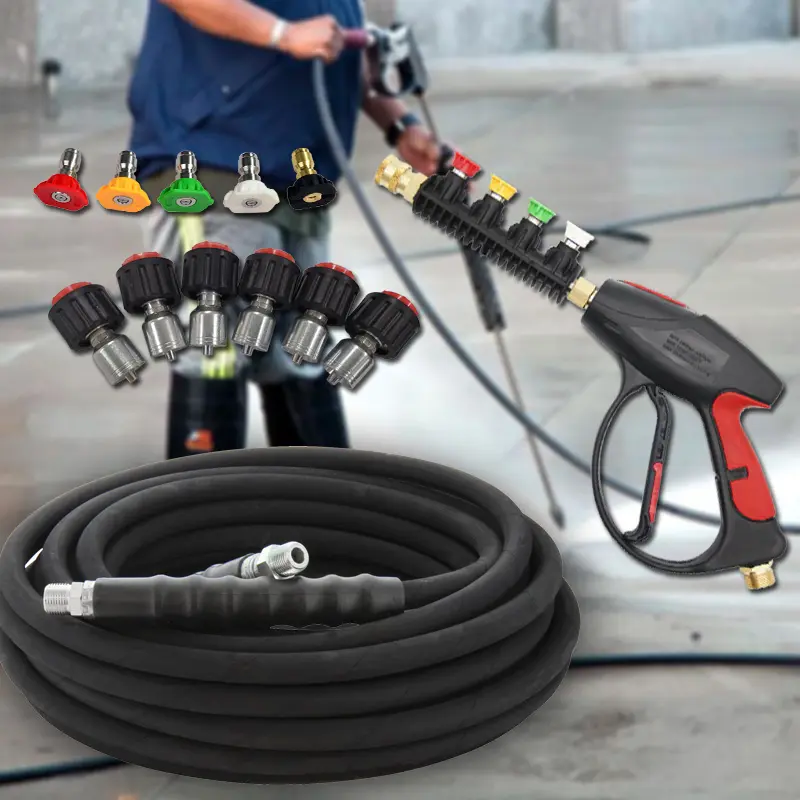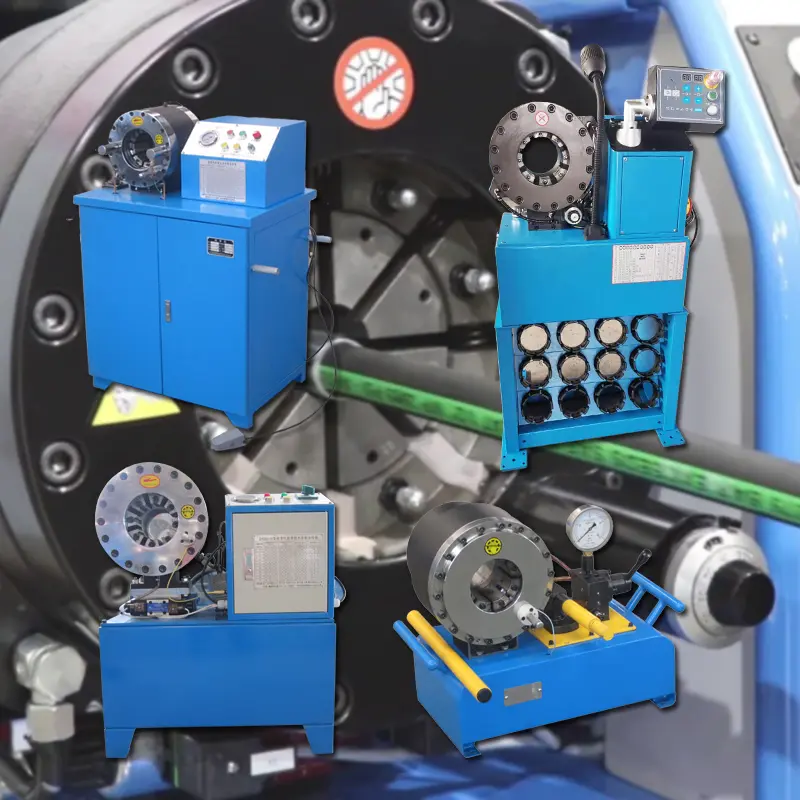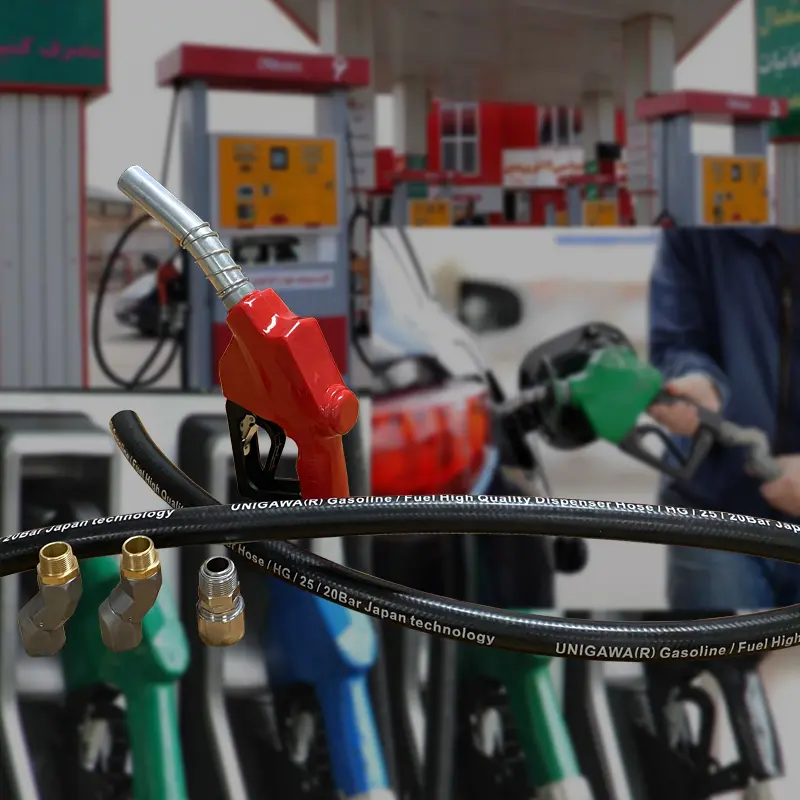In the world of industrial machinery and equipment, hydraulic hoses serve as the pivotal conduit for transmitting hydraulic fluid between various components in a hydraulic system. Understanding the different types of hydraulic hoses available on the market is crucial for selecting the right product that ensures efficiency, safety, and longevity in operations.
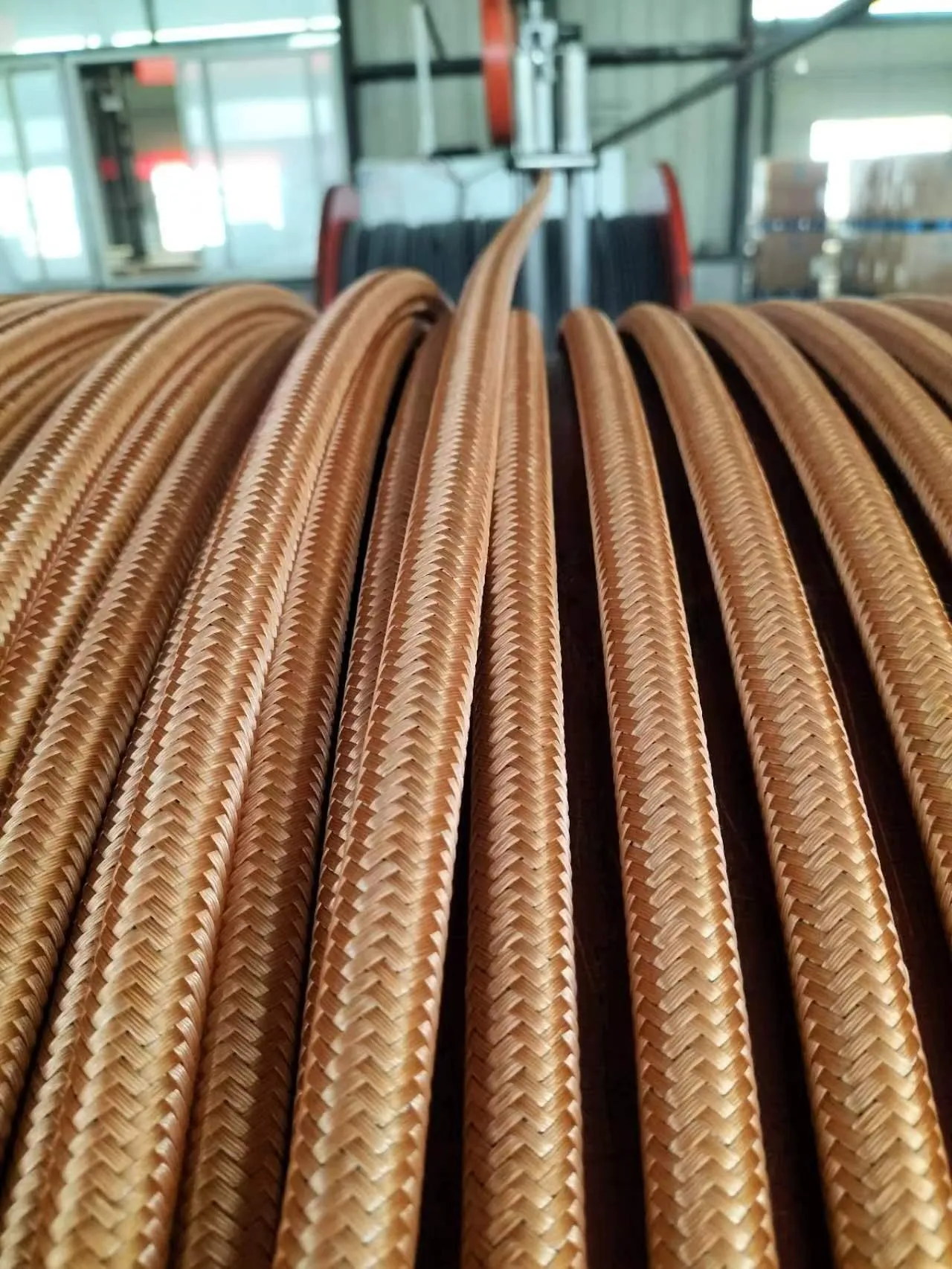
Hydraulic hoses are primarily distinguished by their construction, application, and performance specifications. The most common types include thermoplastic, wire-braided, wire-spiral, and textile-reinforced hoses. Each type has unique characteristics that make it suitable for various applications, ranging from heavy-duty industrial use to light agricultural operations.
Thermoplastic hydraulic hoses are known for their exceptional flexibility and resistance to high temperatures and chemicals. These hoses are ideal for mobile and industrial equipment that require a high degree of maneuverability and resilience. Their lightweight nature makes them a preferred choice in environments where hose routing poses a significant challenge.
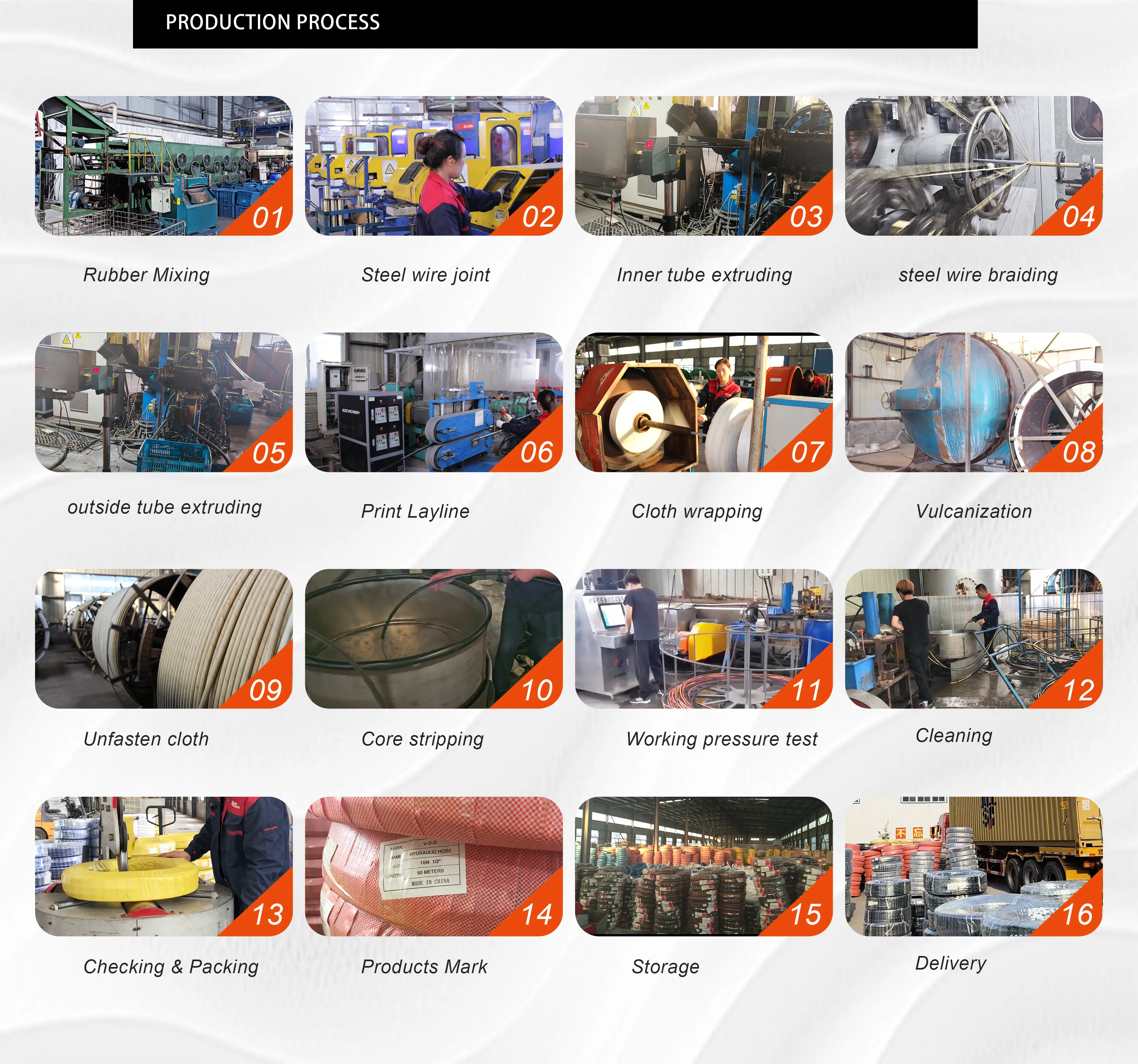
Wire-braided hydraulic hoses, characterized by one or two layers of braided wire, offer excellent flexibility while maintaining high-pressure resistance. These hoses are predominantly used in medium-pressure applications such as construction equipment, industrial equipment, and agricultural machinery. Their robust construction ensures durability, reducing the risk of leaks and downtime in demanding settings.
Wire-spiral hydraulic hoses are designed to handle extremely high pressures, making them indispensable in heavy-duty applications like mining and material handling. These hoses can have up to six spirals of wire reinforcement, providing unmatched strength and longevity. The additional wire layers increase the hose's ability to withstand extreme pulsating pressures, essential for continuous high-load operations.
Textile-reinforced hydraulic hoses are another category, typically used in low-pressure applications. These hoses rely on textile fiber braiding for reinforcement, offering good flexibility and ease of handling. They are commonly employed in applications requiring moderate pressure, such as fuel lines and return lines in hydraulic systems.
types of hydraulic hose
A critical factor when selecting a hydraulic hose is compatibility with the fluid being used. Most hoses have specific ratings for oil, synthetic, or water-based hydraulic fluids. This ensures that the hose material will not degrade or react adversely with the fluid, safeguarding system integrity and operational safety.
Additionally, environmental factors play a significant role in hose selection. Factors such as exposure to UV rays, extreme temperatures, and abrasive conditions can affect hose performance and longevity. For instance, synthetic rubber hoses are generally more resistant to UV radiation and ozone cracking compared to natural rubber hoses.
Incorporating thorough preventive measures, such as regular inspections for wear and tear, proper installation practices, and adherence to manufacturer guidelines, enhances the reliability and life span of hydraulic hoses. This proactive approach not only minimizes maintenance costs but also ensures consistent productivity.
As technological advancements continue to influence hydraulic systems, the development of hoses with superior materials and capabilities continues to evolve. Staying informed about these advancements can provide companies with a competitive edge, fostering enhanced efficiency, productivity, and safety in their operations.
In conclusion, selecting the correct type of hydraulic hose is more than just a matter of meeting technical specifications; it requires an understanding of the operational environment and the demands placed on hydraulic systems. Businesses must leverage expertise, product knowledge, and trusted suppliers to make informed decisions, ensuring optimal system performance and reliability over the long term.
Product Application









